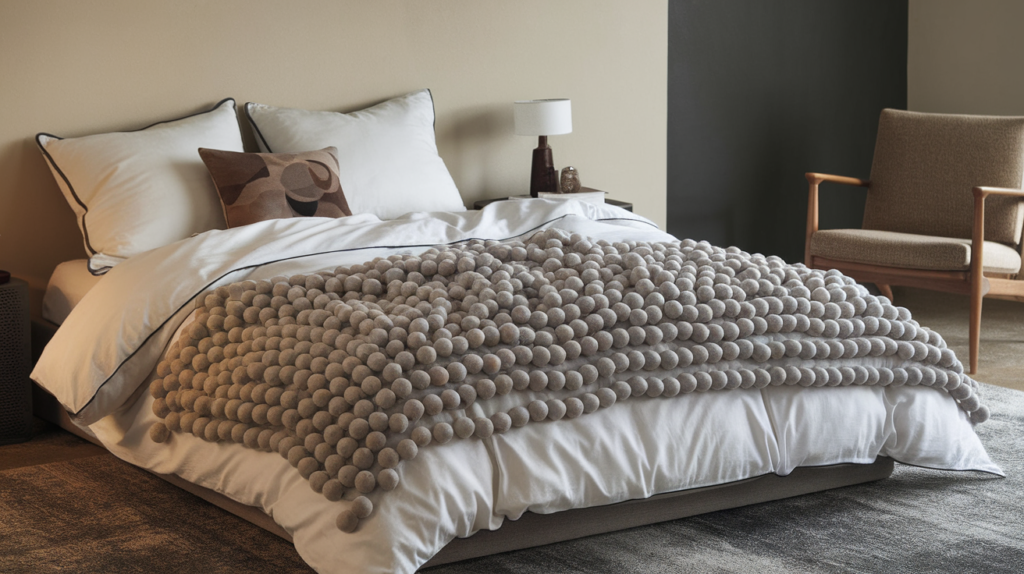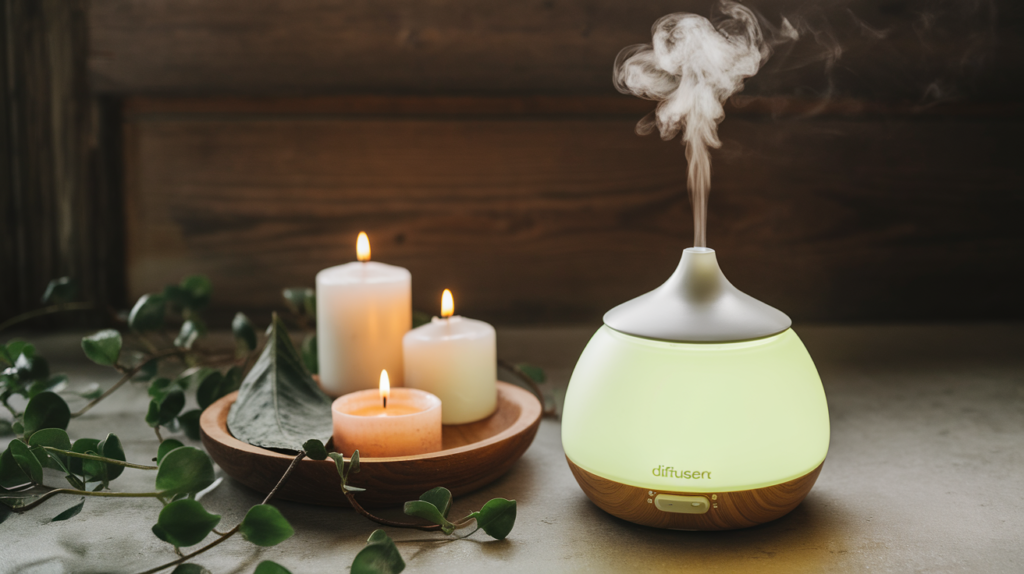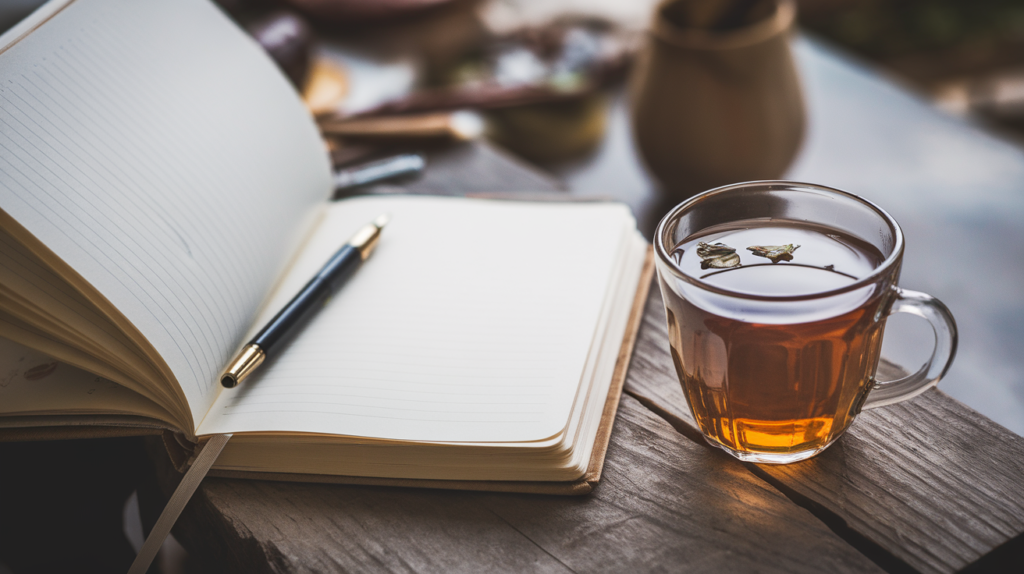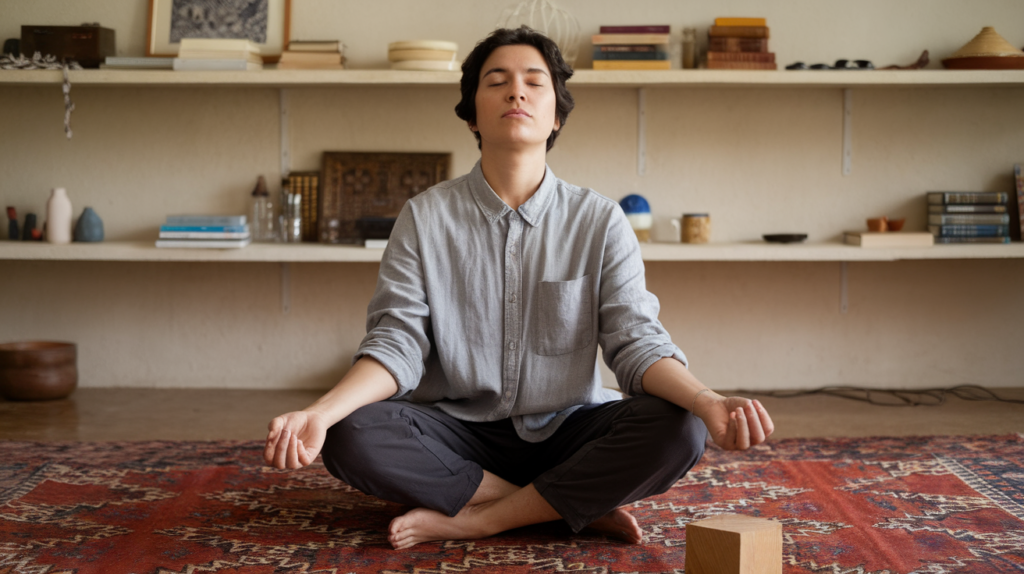
Anxiety is a common part of life, but when it starts to feel overwhelming, it’s important to have tools to help manage it. Whether you experience mild stress or struggle with chronic anxiety, incorporating simple, effective tools into your daily routine can make a big difference. Below, we’ll explore 10 essential tools to help reduce anxiety, promote calmness, and improve your overall well-being.
What is Anxiety?
Anxiety is your body’s natural response to stress. It often feels like a mix of nervousness, worry, and physical symptoms like a racing heart or sweating. While everyone experiences anxiety at times, chronic anxiety can interfere with daily life. Thankfully, there are tools and strategies that can help.
1. Weighted Blankets
How They Help:
Weighted blankets apply gentle, even pressure across your body, mimicking the feeling of a comforting hug. This deep pressure stimulation can help lower stress hormones, increase serotonin, and improve sleep.
When to Use:
- During rest or sleep
- While meditating or relaxing on the couch

2. Aromatherapy
How It Works:
Essential oils like lavender, chamomile, and bergamot can help reduce anxiety. Aromatherapy works by stimulating your brain through your sense of smell, triggering relaxation.
How to Use:
- Add a few drops of essential oil to a diffuser.
- Use a rollerball with calming oils for on-the-go relaxation.

3. Mindfulness and Meditation Apps
Why They’re Effective:
Mindfulness and meditation teach you to focus on the present moment and let go of anxious thoughts. Apps like Calm, Headspace, or Insight Timer provide guided meditations and breathing exercises.
Features to Look For:
- Short, guided meditations
- Sleep stories
- Breathing exercises for immediate relief

4. Journaling for Stress Relief
Benefits:
Writing down your thoughts and feelings can help you process emotions and uncover anxiety triggers. Gratitude journaling, in particular, helps shift focus to positive aspects of life.
How to Start:
- Write for 5-10 minutes daily.
- Use prompts like: “What am I grateful for today?” or “What made me anxious today?”

5. Noise-Cancelling Headphones
Why They’re Useful:
Overwhelming noises can increase anxiety. Noise-cancelling headphones help create a peaceful environment, whether you’re working, meditating, or relaxing.
When to Use:
- During work or study sessions
- While commuting on public transport
Suggested Image: A person wearing sleek headphones, working at a tidy desk.
6. Exercise and Movement
How It Helps Anxiety:
Physical activity releases endorphins, which are natural mood boosters. Even light exercise, like yoga or walking, can help reduce anxiety and improve sleep.
Easy Ways to Get Moving:
- Take a 10-minute walk.
- Try online yoga or stretching classes.
- Dance to your favorite playlist.

7. Calming Teas
What to Try:
Herbal teas like chamomile, peppermint, and lemon balm are known for their relaxing properties. They are caffeine-free, making them a perfect bedtime option.
How to Enjoy:
- Brew a cup in the evening to wind down.
- Sip throughout the day to stay calm.
8. Breathing Exercises
Why They Work:
Controlled breathing slows your heart rate and signals your body to relax. Simple breathing exercises can reduce anxiety in minutes.
Try This Exercise:
- Breathe in for 4 counts.
- Hold your breath for 4 counts.
- Exhale for 4 counts.
- Repeat for 1-2 minutes.

9. Fidget Tools and Stress Balls
How They Help:
Fidget tools and stress balls give your hands something to do, helping redirect nervous energy and improve focus.
When to Use:
- During work meetings or phone calls
- While waiting in line or commuting
10. Supportive Therapy Tools
What They Include:
Therapy tools like CBT (Cognitive Behavioral Therapy) workbooks or virtual therapy platforms can provide structured help. Apps like BetterHelp or Talkspace offer online therapy sessions that are convenient and confidential.
Why It’s Worth Trying:
- Learn coping strategies tailored to your needs.
- Get professional guidance from a therapist.
Tips for Choosing the Right Tools
- Start small: Pick one or two tools to try at first.
- Consider your lifestyle: Choose tools that fit into your routine.
- Be consistent: Regular use leads to better results.
Final Thoughts
Managing anxiety is a journey, but with the right tools, it’s possible to feel more in control of your emotions and daily life. Whether it’s using a weighted blanket to relax, sipping calming tea, or practicing mindfulness with an app, these tools are here to support you.
Remember: If anxiety feels unmanageable, it’s important to seek help from a mental health professional.
Suggested Closing Image: A peaceful scene of someone enjoying a calming activity, such as reading by a sunny window.
By incorporating these tools into your daily routine, you can take meaningful steps toward a calmer, more balanced life.
